Kasteelruine Fluweelengrot
The ruins of this Dutch castle sit atop a labyrinth of once-secret tunnels and passageways, dating back over 900 years.
On a hill in the town of Valkenburg, in the southern province of Limburg, the ruins of a Dutch castle sit on top of a sprawling network of tunnels and passageways. Known as Kasteelruine Fluweelengrot, in English it translates roughly to the Castle Ruins and the Velvet Cave.
The history of the castle at Valkenburg began centuries before it was reduced to ruins, back in 1115. The castle is unique for the Netherlands in that it sits on a hill, and although it was a strategic choice of location, the original fortification was destroyed soon after it was built. So it was rebuilt – and destroyed again. The current castle dates to the 14th century, and almost made it intact. It suffered its ruination in the late 16th and early 17th centuries during the Eighty Years War with Spain. By 1672 it was a shambles, attacked one last time at the outset of the Franco-Dutch War. In order to keep it out of the hands of the French, the Dutch Republic finished the demolition job themselves, leaving the castle in about the same condition seen today.
Underneath the Kasteelruine is a series of tunnels, corridors and passageways dating back to the earliest fortification of the hill. Known as the Velvet Cave (Fluweelengrot in Dutch), it was started by masons and miners cutting out blocks of marlstone for constructing the castle and other buildings in Valkenburg. Over time the labyrinth grew, with tunnels used as secret passages for the castle up above. Serving as both hiding places and escape routes during various attacks and occupations, many of the tunnels weren’t discovered until 1937. In 1944 the Velvet Cave served as a refuge to hundreds of citizens of Valkenburg during World War II, as American troops dislodged German occupiers from the region. These American soldiers etched their names, hometowns and doodles on the soft walls of the cave, still visible today.
Also adorning the walls of the cave are drawings and carvings, many of them celebrating old legends and stories of Valkenburg and Limburg, evoking long-forgotten secrets that naturally haunt a ruined castle built atop a maze of secret passages.
Know Before You Go
The ruins and cave are open to the public from April 1 through December 31. The hours for the ruins are generally 10am to 5:30pm, and the cave is by guided tour only, generally running from 11am to 4pm. Some dates have different open times, so check the website to be sure.
The entrance for the ruins and the entrance for the cave are just down the street from each other, and there is just one entrance fee: €10 for adults, €7.50 for age 4-11, and up to age 3 are free.




















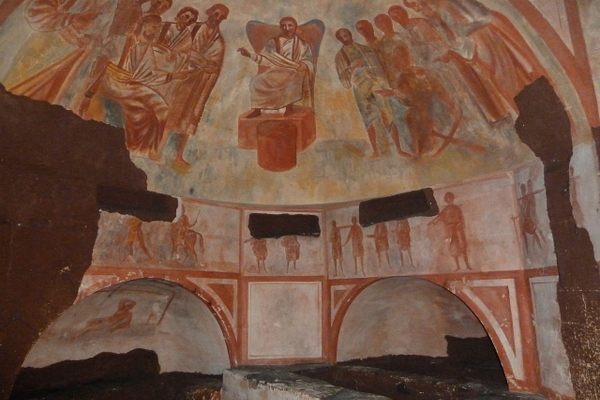

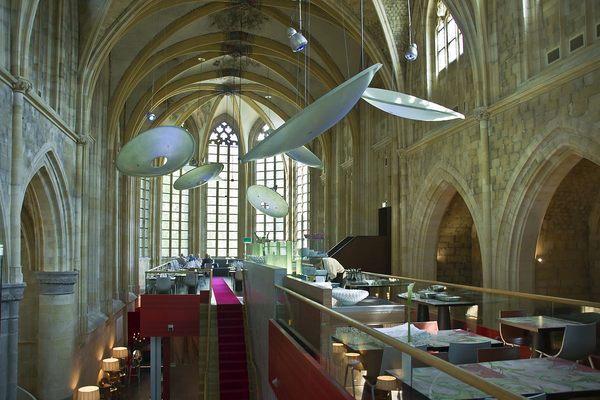


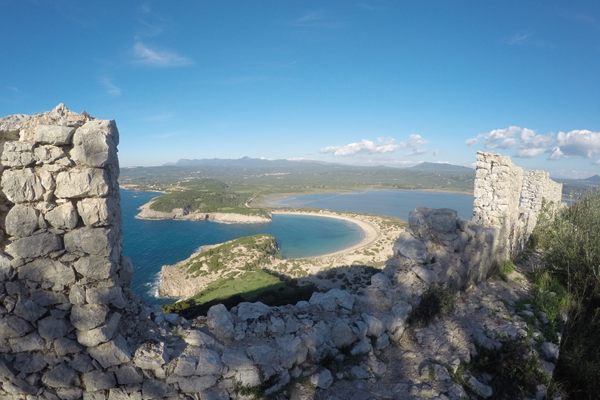
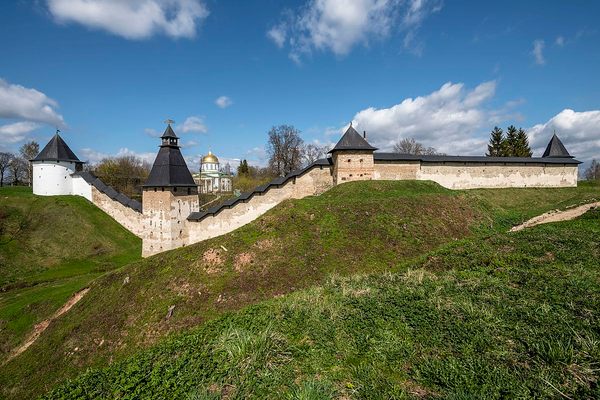
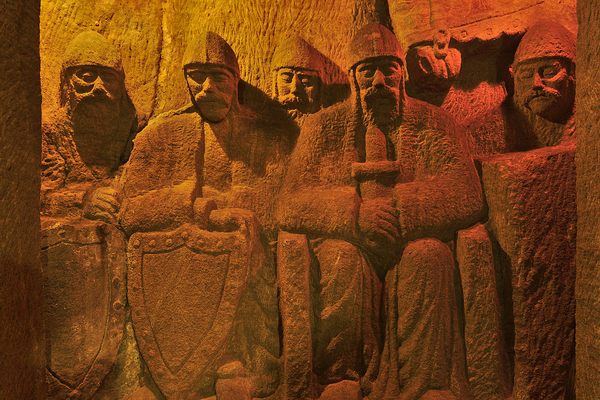

Follow us on Twitter to get the latest on the world's hidden wonders.
Like us on Facebook to get the latest on the world's hidden wonders.
Follow us on Twitter Like us on Facebook